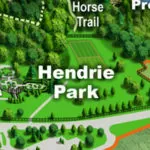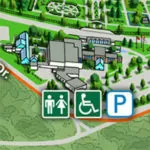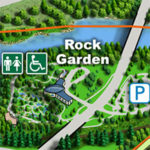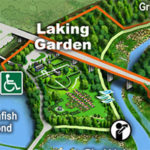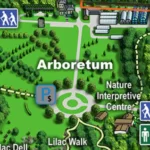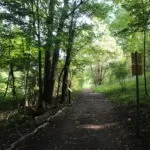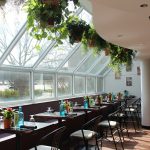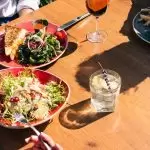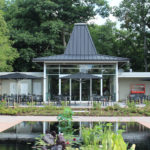| Membership | Price |
|---|---|
| Student | $55/year |
| Single | $85/year |
| Single Plus | $120/year |
| Family | $130/year |
| Family Plus | $175/year |
| Contributing | $250/year |
| Supporting | $500/year |
| Sustaining | $1,000/year |
| Benefactor's Circle | $2,500/year |
| Director's Circle | $5,000/year |
| President's Circle | $10,000/year |
Protect our Forests – Arboretum
Right now, the Arboretum lands lay dormant but soon, the leaves will appear on the trees, birds and insects will return and the thousands of visitors we see each year will be inspired by the diversity of life.
Nestled between two densely populated cities, Royal Botanical Garden’s (RBG) Arboretum area is our largest greenspace, spanning 300 hectares (660 acres) and is part of one of the biggest intact environmental protection areas for wildlife in the Golden Horseshoe.
On any given day you can see children and adults playing and learning, a diverse abundance of wildlife and people being revitalized by the outdoors. The Arboretum really is a retreat for all.
Looks can be deceiving though, the Arboretum forest area is hurting.
Amongst the forested areas lay thousands of invasive plant species that were introduced by people many years ago and they’re spreading at an alarming rate. These invasive plants are choking the forest and are making it impossible for many native plants and wildlife to thrive.
Will you make a special gift today to help restore the precious forest habitat in the Arboretum?
The environment around us has a direct effect on our health and our wellbeing. Over the past two years we have all come to realize this too well and it is one of the many reasons why we have chosen to seek refuge in nature.
The same goes for the wildlife whose home is the Arboretum forest. Species like the Acadian Flycatcher, the Cerulean Warbler and the Bald Eagle all depend on safe, healthy and balanced habitats to thrive. And all three of these birds, which are native to our area, are on the Endangered Species List.



Mink Brook valley forest is an older growth interior forest area which can be found deep within the Arboretum. It is home to some native trees like White Oak, Sugar Maple and Hemlock, which are more than 200 years old! What makes Mink Brook valley forest extra unique is that it is the largest undisturbed area for rare species at RBG.
This translates into the perfect retreat away from humans for some of the rarest wildlife. Can species and habitats at risk count on you today?

Sadly, the health of our forest has been severely degraded by non-native invasive shrubs that continue to grow thicker. Year after year, they encroach further into the forest’s understory, smothering the healthy habitat that wildlife needs to find food and to make their home.
With your help today, With your recommitment today, with your first gift today, we can change that. You can help clear 20,000 shrubs – which is equivalent to 3 hectares (over 7 acres) of invasive plants.
Plants like buckhorn, honeysuckle and rose species — all must be cleared by hand to heal the habitat and reduce the negative impact on this extremely sensitive forest.
Human settlement and development have left less than 15% of Hamilton and Burlington forested, and less than 1% has these wonderful old, mature trees. The Arboretum is one of the only places left in our region which still has these concentrated areas of forests, like Mink Brook valley forest.
It is vital that we come together to preserve it.
Your gift will immediately be put into action. This work is so critical that if we don’t complete it, both plant and wildlife species will decline or be lost all together.
In 2013 the Arboretum forest welcomed the first eaglets to hatch on the Canadian shoreline of Lake Ontario in over 50 years. This is a true testament to the restoration and preservation work we have already completed by supporting it together.
Make your gift online today!
Support Royal Botanical Gardens
Contact
Contact Us
If you have questions about RBG’s ‘Protect Our Forest’ campaign, please send us an email at the form below, or give us a call at 905-527-1158 ext 229 (1-800-694-4769).

